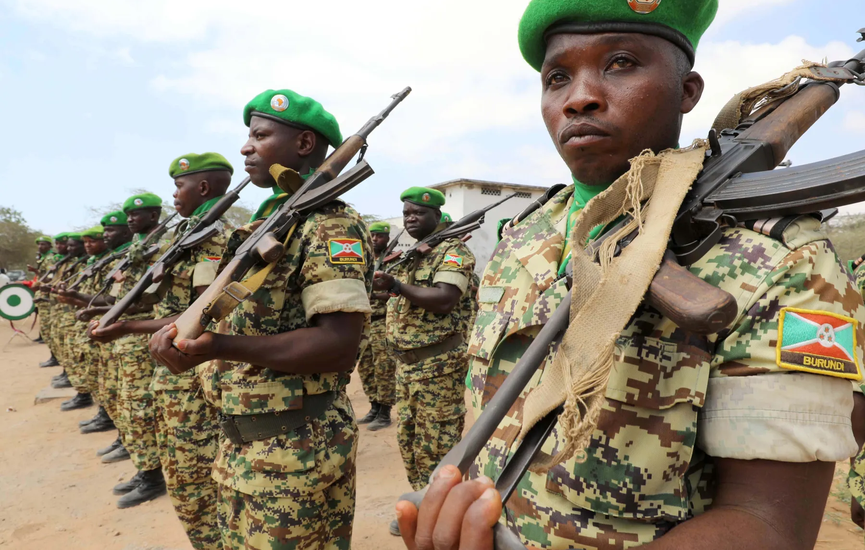Burundi has emerged as a central actor in the escalating conflict in the Democratic Republic of Congo (DR Congo), deploying 24 battalions—approximately 25,000 troops—alongside the Congolese army in South Kivu to combat the M23 movement. This military involvement marks a significant shift in regional dynamics, raising urgent questions about Burundi’s motivations and the broader implications for peace and stability in the Great Lakes region. While Burundi initially entered DR Congo in 2022 under the East African Community Regional Force (EACRF), its continued presence after the force’s withdrawal in 2023 stems from a bilateral agreement with Kinshasa, reflecting deeper strategic and historical entanglements.
The roots of Burundi’s involvement are deeply embedded in the region’s violent past, shaped by colonial-era borders and decades of ethnic conflict. The assassination of President Ndadaye in 1993 triggered a civil war in Burundi, unleashing waves of massacres and driving Hutu extremists into Rwanda. Many of these extremists later participated in the 1994 genocide against the Tutsi, before fleeing into eastern Congo with Rwandan genocide perpetrators. In exile, they formed armed movements—the CNDD-FDD in Burundi and the FDLR in Rwanda—both of which were later supported by Congolese President Laurent-Désiré Kabila during the Second Congo War. These alliances laid the groundwork for a regional network of militias steeped in anti-Tutsi ideology, which continues to shape the current conflict.
The 2000 Arusha Peace and Reconciliation Agreement, designed to end Burundi’s ethnic bloodshed, introduced a system of ethnic power-sharing. Though initially hailed as a model for peace, it entrenched ethnic divisions within state institutions, echoing colonial manipulations and failing to foster genuine reconciliation. Under CNDD-FDD rule, Burundi’s political landscape grew increasingly authoritarian. The crisis peaked in 2015 when President Pierre Nkurunziza defied the Arusha constitution to seek a third term, sparking mass protests and a violent crackdown. Nkurunziza enlisted FDLR fighters and deployed the Imbonerakure youth militia, notorious for its genocidal rhetoric and brutality, to suppress dissent. Independent media outlets were burned, journalists exiled, and half a million people displaced—many into Rwanda.
Today, under President Évariste Ndayishimiye, Burundi’s CNDD-FDD continues to dominate, presiding over a collapsing economy and widespread emigration. Its military operations in DR Congo have intensified, forming a coalition with the Congolese army, Imbonerakure, FDLR, Wazalendo militias, and foreign mercenaries. United by a virulent anti-Tutsi ideology, this coalition has targeted Tutsi communities under the pretext of fighting M23, conflating civilians with combatants and committing atrocities reminiscent of the 1994 genocide. Homes have been torched, displacement camps attacked, and massacres carried out in areas like Nturo, Bwiza, and Kitchanga. The violence near Uvira, at the Burundi-DR Congo border, threatens to ignite a broader regional crisis.
If the coalition is defeated, thousands of armed fighters could retreat into Burundi, potentially triggering mass reprisals against the country’s Tutsi minority. This scenario echoes past cycles of violence, where hate speech and ideological mobilization preceded genocide. Burundi’s intervention is not merely a tactical maneuver—it is the continuation of a decades-long pattern of identity manipulation and the instrumentalization of genocide ideology for political and material gain. The enduring alliance between CNDD-FDD and the FDLR underscores a dangerous worldview that resists reconciliation and perpetuates instability. As the region teeters on the edge, Burundi’s actions are reshaping the prospects for peace in ways that demand urgent international attention and accountability.
